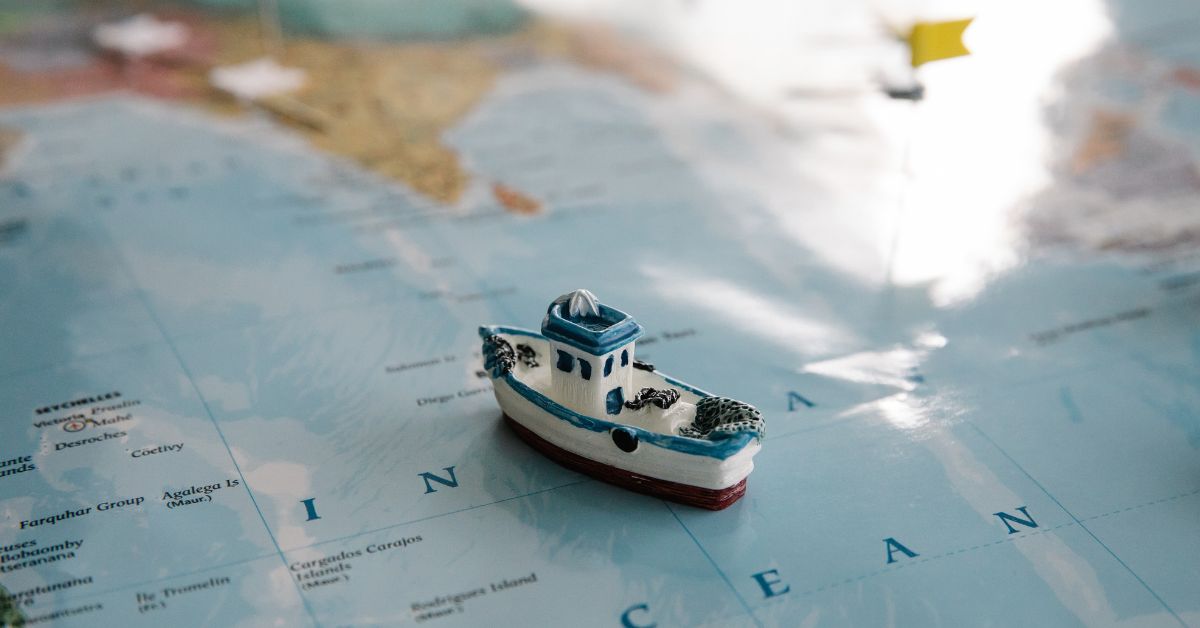Outline
- The Ephemeral Nature of Thought
- Why Ideas Often Vanish
- From Drift to Direction
- Capturing, Shaping, and Committing
- The Psychology of Moving from Idea to Action
- Practices to Anchor and Build on Your Ideas
- Closing Thoughts: Becoming the Builder of Thought Ships
- FAQs
The Ephemeral Nature of Thought
Ideas are like ships passing through mist. One moment they appear—brilliant, weightless, full of possibility. The next, they vanish into the fog, leaving only the faint trace of what could have been.
We’ve all experienced it:
A moment of inspiration in the shower.
A concept while falling asleep.
A sudden insight during a conversation.
And then… it’s gone.
The mind is fertile but fickle. Without intention and structure, even our most promising ideas drift away. But what if we could build something from them? What if we could turn these thought-ships into vessels strong enough to carry something real?
Why Ideas Often Vanish
Thoughts are born in motion. They’re flashes of pattern recognition, emotion, memory, imagination—and they are fleeting by nature.
Cognitive science tells us that short-term memory is extremely limited, holding only a few pieces of information at a time. If we don’t act quickly—by writing it down, speaking it aloud, or connecting it to something tangible—it vanishes.
But it’s not just biology. It’s also doubt.
We discard ideas before they’re formed: “That’s been done.”
“I wouldn’t finish it anyway.”
“It’s not a big enough idea.”
So the thought-ship never docks. It circles, waiting for permission.
From Drift to Direction
Turning a fleeting idea into a lasting project isn’t about being more “productive.” It’s about recognizing that ideas—like ships—need a destination, a map, and someone willing to captain them through uncertainty.
Direction doesn’t mean perfection. It simply means choosing to go somewhere instead of nowhere.
You don’t need to know the final shape of the project to begin. You only need enough clarity to take the first step. The rest is revealed as you move.
Capturing, Shaping, and Committing
Ideas follow a rhythm:
- Arrival – The spark. The flash of possibility.
- Capture – Noticing it. Writing it down. Giving it a name.
- Shape – Expanding, connecting, refining.
- Commit – Beginning. Creating structure. Declaring intent.
- Sail – Momentum. Imperfection. Movement despite doubt.
Many ideas die between steps 2 and 3—not for lack of brilliance, but for lack of space. We wait for them to arrive fully formed, but ships are not born in harbors. They are built.
The Psychology of Moving from Idea to Action
There’s a gap between inspiration and execution—a space often filled with fear, resistance, or overwhelm. Psychologist Steven Pressfield calls it Resistance with a capital “R”—the invisible force that rises the moment you commit to something meaningful.
Neuroscience also shows that novelty activates dopamine pathways, giving us that thrilling rush when a new idea hits. But that same system can lose interest once things become difficult or repetitive.
That’s why discipline matters—not the punishing kind, but the kind that honors the idea enough to keep showing up for it.
Practices to Anchor and Build on Your Ideas
1. Carry a Living Idea Journal
Dedicate one notebook or digital space for idea fragments—no matter how rough. Return to it weekly. You’ll begin to see patterns and connections.
2. Choose One and Declare It
Don’t wait for “the best one.” Pick one that stirs you. Tell someone. Write a sentence of commitment: “I’m going to build this.” The act of naming begins the transformation.
3. Build Tiny Structures
Instead of planning the whole thing, ask: What’s the smallest version I can make? A single paragraph. A sketch. A two-minute voice note. Start there.
4. Create a Ritual of Return
Pick a time each week to return to your thought-ship. Open the document. Re-read your notes. Add a sentence. Ritual keeps the ship in motion.
Closing Thoughts: Becoming the Builder of Thought Ships
Ideas alone won’t carry you forward. But when shaped and committed to, they become vessels—structures that can hold emotion, insight, story, meaning.
You don’t need to wait for permission. You don’t need a map with every island marked. You only need to start building. Even if the wood is raw. Even if the design is uncertain.
Let your ideas be more than passing ships.
Let them become something you step into.
Something that moves.
Something that lasts.
You are not just a thinker.
You are a builder of thought.
And your harbor is ready.
FAQs
What if I have too many ideas and don’t know which one to pursue?
Start with the one that feels most alive. The one that keeps returning. You don’t need to discard the others—just commit to one for now. Focus creates movement.
How do I stay motivated when the excitement fades?
Anticipate the dip. Motivation is unreliable—structure and intention are stronger. Create a simple, repeatable process (e.g. 30 minutes every Sunday) to keep momentum.
What if I fear the idea won’t be good enough once it’s real?
That fear is part of the process. Every creator faces it. Trust that the act of building is what makes it good—not the idea in its untouched form.












